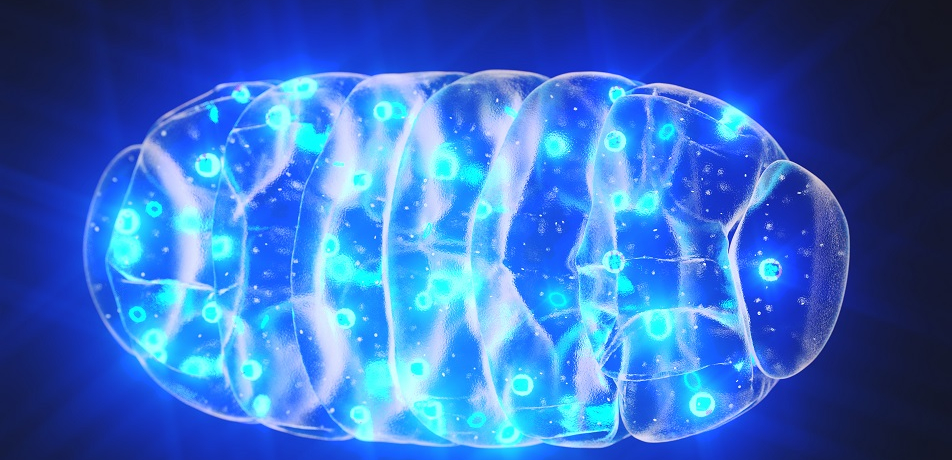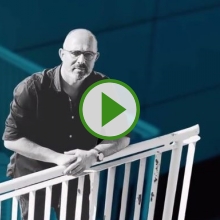Two-way cellular radio
How cellular components keep in touch
Briefs

Evolutionary biologists believe that mitochondria, membrane- bound organelles that convert cellular energy, may have evolved from a lonely bacterium that was suddenly swallowed up by another ancient life form. This bacterium―a nascent organelle― had to figure out how to get along with its neighbors, something that modern mitochondria have been doing ever since. Now, research in the lab of Prof. Maya Schuldiner of the Department of Molecular Genetics has revealed how mitochondria maintain an open channel of communication with the most important organelle of all: the cellular nucleus.
Previous work in the Schuldiner lab identified “tethering sites” that enable organelles to get in touch and “talk” amongst themselves. However, the communication channels between mitochondria and the nucleus― which holds DNA and directs gene activation―were poorly understood.
Experiments led by Dr. Michal Eisenberg-Bord and PhD student Naama Zung in the Schuldiner lab revealed the existence of Cnm1, a protein that allows mitochondria to link up with the nucleus, and to open a channel of two-way communication. The scientists also found a regulatory mechanism that modulates this process.
“Breakdown in inter-organelle communication contributes to cancer, neurodegeneration, insulin resistance, obesity, and even the aging of tissues,” Prof. Schuldiner says. “By revealing how organelles stay connected on the most basic level, our work may contribute to drug development, as well as other fields of applied biomedicine”
Prof. Maya Schuldiner is supported by Blythe Brenden-Mann Foundation, Kekst Family Institute for Medical Genetics, David and Fela Shapell Family Center for Genetic Disorders Research and Prof. Schuldiner is the incumbent of the Dr. Gil Omenn and Martha Darling Professorial Chair in Molecular Genetics







